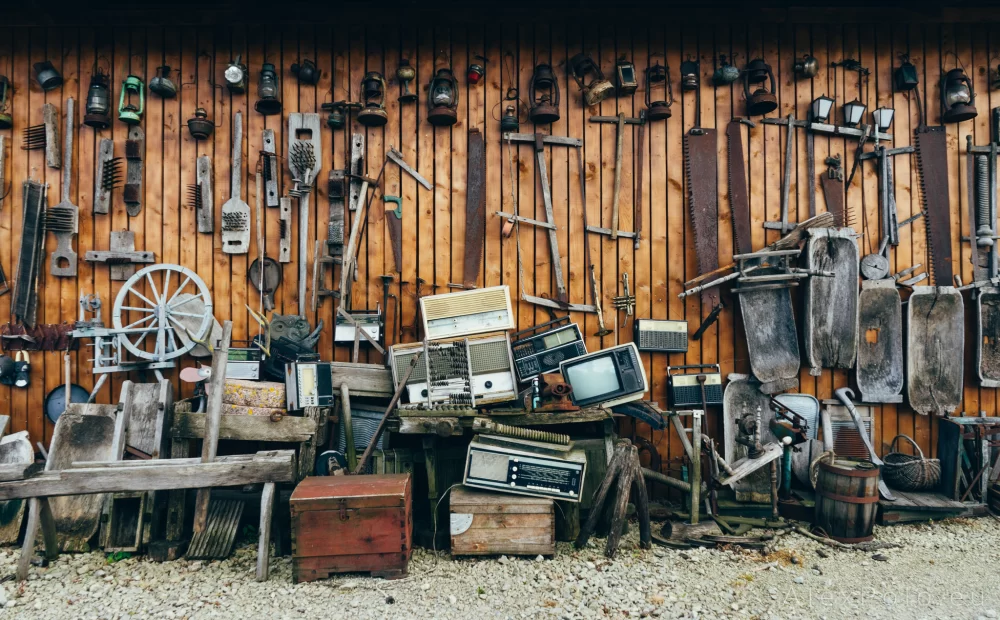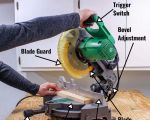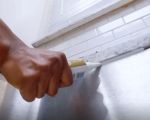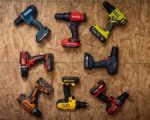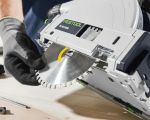1. Introduction: The Importance of Maintaining Metal Tools
Metal tools are essential for a wide range of tasks, from home improvement projects to professional craftsmanship. However, over time, exposure to moisture, air, and other environmental elements can lead to rust formation, making your tools less effective and harder to use. Rust is a common issue that many tool owners face, but the good news is that it’s often preventable and can be easily removed.
Knowing how to clean rust off of metal tools is crucial for maintaining their longevity and functionality. Rust can cause corrosion, which weakens the metal, eventually leading to tool failure. In this guide, we will explore different methods to remove rust from your metal tools, ensuring they remain in top condition for years to come.
2. Understanding Rust and Its Effects on Metal Tools
Rust, also known as iron oxide, forms when metal tools are exposed to water or humidity over time. The metal reacts with oxygen in the air, creating a reddish-brown substance that eats away at the tool’s surface. While rust is a natural process, it can quickly degrade the quality of your tools and reduce their effectiveness.
The good news is that rust doesn’t need to cause permanent damage. If caught early, rust can often be removed with a few simple techniques. If left untreated, however, rust can lead to irreversible damage, making tools harder to repair or use effectively. Understanding how to clean rust off of metal tools is essential for preventing long-term damage and maintaining your tools’ performance.
3. The Best Methods for Removing Rust from Metal Tools
There are several effective methods for removing rust from metal tools, depending on the severity of the rust and the tools available. Below, we outline some of the most popular rust removal techniques, from household solutions to commercial products, to help you restore your tools.
3.1. Using Vinegar to Remove Rust
Vinegar is a common household item that works wonders when it comes to rust removal. Its acidity helps dissolve rust and can be used for both light and moderate rust buildup. To use vinegar for rust removal:
- Soak a cloth in white vinegar and apply it directly to the rusty area.
- Let the vinegar sit on the rust for about 30 minutes to 1 hour, depending on the severity.
- Use a scrub brush or steel wool to gently scrub the rust off the surface.
- Rinse the tool with water and dry thoroughly to prevent new rust from forming.
3.2. Baking Soda Paste for Tough Rust
If the rust is stubborn, baking soda can be a more effective solution. Baking soda creates a mildly abrasive paste that helps scrub off rust without damaging the tool’s surface. To make a baking soda paste:
- Mix 2 to 3 tablespoons of baking soda with water to form a thick paste.
- Apply the paste to the rusted areas of the tool and let it sit for about 10-15 minutes.
- Scrub the paste using a brush or sponge, focusing on the rusted spots.
- Rinse and dry the tool after cleaning.
3.3. Using Commercial Rust Removers
For more severe rust issues, commercial rust removers are available that offer stronger, faster solutions. These products are designed specifically to dissolve rust and often contain chemicals like phosphoric acid or oxalic acid. Be sure to follow the manufacturer’s instructions to ensure safe and effective use. Always wear protective gloves and eyewear when using these products.
3.4. Sandblasting for Heavy Rust
In cases of extensive rust buildup, sandblasting may be necessary to completely remove rust from metal tools. Sandblasting uses high-pressure air and abrasive materials to blast rust and corrosion off the surface. This method is best suited for tools that are heavily rusted and requires specialized equipment. If you don’t own a sandblaster, many hardware stores offer sandblasting services at a reasonable cost.
4. Preventing Rust from Forming on Your Metal Tools
Now that you know how to clean rust off of metal tools, it’s essential to take steps to prevent rust from forming in the first place. Here are some preventive measures to protect your tools:
4.1. Proper Storage
One of the easiest ways to prevent rust is to store your tools properly. Keep them in a dry, cool environment, away from humidity and moisture. If you live in a particularly humid area, consider using a dehumidifier in your garage or tool shed to reduce the chances of rust forming.
4.2. Applying a Protective Coating
After cleaning your tools, consider applying a protective coating, such as oil, wax, or silicone spray, to create a barrier against moisture. This can significantly reduce the chances of rust formation and extend the life of your tools.
4.3. Regular Maintenance
Perform regular maintenance on your tools by cleaning them after each use and checking for early signs of rust. Early detection can save you time and effort by addressing rust before it has a chance to spread.
5. Conclusion: Keep Your Tools in Top Shape
Rust is a common problem for metal tools, but it doesn’t have to ruin them. By using the right rust removal techniques and taking steps to prevent rust from forming, you can keep your tools in excellent condition for years. Whether you prefer natural solutions like vinegar and baking soda or need to use more advanced methods like sandblasting, removing rust is simple with the right approach.
For all your tool needs, including maintenance products and storage solutions, check out ToolNest for a range of high-quality products that will keep your tools rust-free and in top working order.

